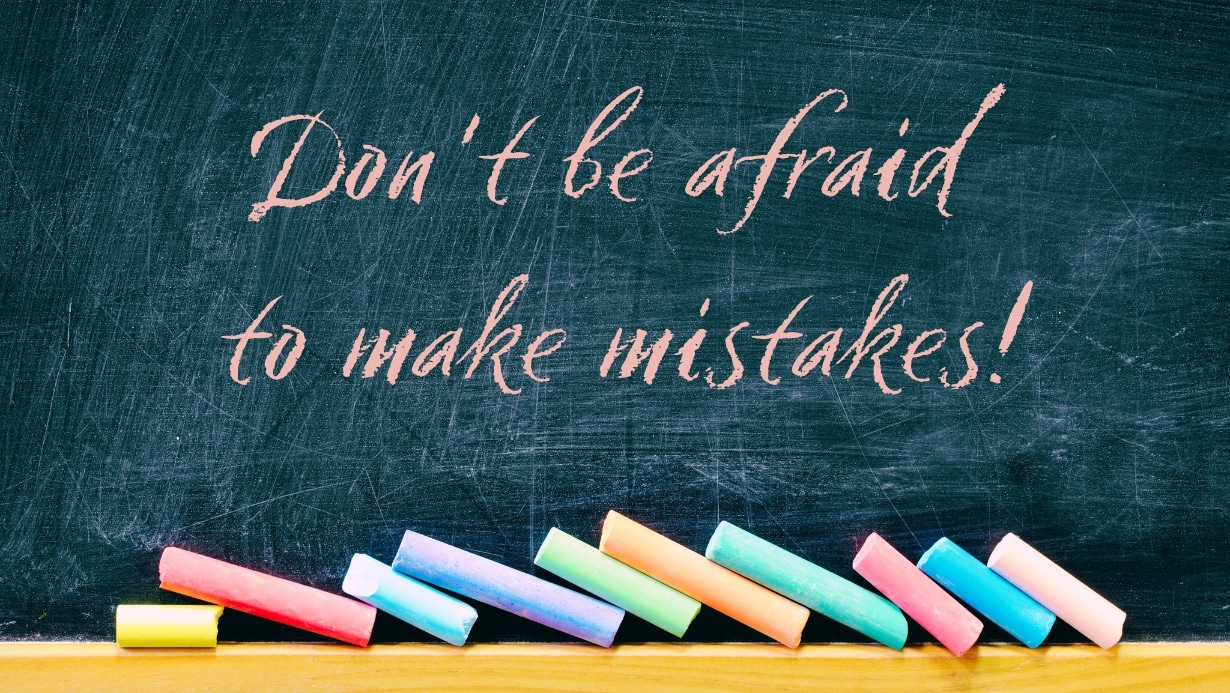
7 Effective Strategies to Learn a Language at Home
Foreign language learning is not an easy task, especially if you don’t have access to a traditional class environment. Whether you’re a busy professional, a curious traveller, or just someone looking to learn a new language for your enjoyment, you may feel overwhelmed by the prospect of learning a language on your own.

But don’t give up before your plan has had time to succeed! All you need are the right strategies to learn a language at home, and we’ve got seven of them for you here. Just use the ones that work best for you to develop a personal study plan, and you’ll be well on your way to embracing the benefits multilingualism can offer.
- Learn the basic sentence structure
- Watch movies and TV shows
- Read the news in the target language
- Get immersed in the culture
- Communicate with native speakers
- Study things you’re passionate about
- Invest in a quality online course
What is the best language learning strategy?
You’ve probably guessed it already. There is no one-size-fits-all strategy for language learning. Every learner is different, so what works for one person may be hopelessly ineffective for another.
In formal, instructor-led classes, teachers often use a combination of methods to help students learn, including these common methodological approaches:
- Communicative Language Learning – which emphasizes the use of natural language in a context that is relevant to the learner
- Translation-Based Language Learning – which uses one language to explain the meaning of words and phrases in a second language
- Task-Based Language Learning – which uses tasks and activities to promote practical language acquisition
- Collaborative Language Learning – which encourages learners to work in pairs or small groups to learn from one another.
But here’s the thing: when you’re learning on your own, there’s no instructor to guide your progress. So, how do you know what strategies to use? And more importantly, how do you know if you’re doing it right? The short answer is: you don’t, and it doesn’t matter, at least not in the beginning.
Benny Lewis, the author of Fluent in 3 Months, struggled to learn Irish and German as an adult despite studying for years. After meeting a man who spoke multiple languages, he realized that being willing to make mistakes was the key to gaining fluency in any language. In his TED Talk, Hacking Language Learning, he encourages language learners to put passion over perfection and use the language with native speakers, even if it means making mistakes. That way, you’ll immerse yourself in the target language and learn intuitively from your interactions.
So, if there is such a thing as a “best” strategy to improve your foreign language skills, it’s this: be passionate about your language learning journey and allow yourself to make playful mistakes whenever possible.
7 strategies to learn a foreign language at home
Keeping in mind the motto, “passion over perfection,” let’s look at seven strategies you can use to learn a foreign language, almost exclusively from the comfort of your home.
1. Learn the basic sentence structure
Mastering basic grammar, including sentence structure and verb conjugation, is essential for any language learner. While it may seem tedious at first, a strong foundation in grammar is crucial to building language proficiency. Don’t let fear of making mistakes hold you back from speaking as soon as possible, as practice and natural language use will help you refine your grammar over time.
2. Watch movies and TV shows
Watching films or TV in your target language can be fun and useful. Not only will you get used to the rhythm of spoken language by hearing native speakers, but you’ll also pick up on idioms and slang that are particular to everyday conversations rather than what’s taught in textbooks. Plus, watching your favourite movies with subtitles in two languages means double the immersion.
3. Read the news in the target language
Reading the news in the target language is useful for practicing your reading and comprehension skills while staying up-to-date on current events. Start with short articles and work your way up to longer, more complex pieces as your proficiency increases. Some newspapers and magazines offer versions specifically tailored to language learners, with vocabulary footnotes and explanations for difficult words.
4. Get immersed in the culture
It sounds counter-intuitive, but you don’t always have to leave home to engage in the culture of the language you’re learning. Creative immersion strategies include trying new foods, listening to music, or reading literature in the target language. Experiencing the culture first-hand deepens your understanding and appreciation of the language.
5. Communicate with native speakers
Talk exchange programmes are a fantastic way of improving conversation skills if you can’t find native speakers in your area. To find the right tandem partner, you can look into language forums or social media groups, such as the French Language Group on Facebook or the Italian Language Learners group on Reddit. But to get the most out of the experience, make sure to set specific goals, such as increasing vocabulary or mastering a particular pronunciation, each time you meet with your conversation partner.
6. Study things you’re passionate about
Focusing on aspects of the target language and culture you’re most passionate about makes learning more engaging and enjoyable. For example, if you’re a history enthusiast, try reading about the country’s past in its native language. Or if you have an affinity for music, then listen to foreign song lyrics and make a list of the unfamiliar vocab. There are infinite ways to practise a language, and the more creative, the better.
7. Invest in a quality online course
And finally, one of the best ways to learn a language at home is by investing in an online language course to supplement your self-study. Asynchronous courses allow you to take classes on your own time. They come with a wealth of resources, such as audio files, quizzes, and exercises, to ensure you understand the material.
But not all courses are created equal. To get the most out of your investment, you should spend some time researching and comparing different options. Look for courses taught by qualified teachers with extensive experience teaching the language you’re interested in. A good course will provide structure, guidance, and opportunities for practice and feedback.
Sign up for our offers
Exclusive discounts on your course with Cactus directly on your inbox!
How to Use These Strategies to Learn a Language at Home
Learning a new language on your own may seem impossible, but don’t give up on your passion! With the right strategies, you can become fluent in another language without ever having to leave the house. Whether it’s watching movies, reading the news in the target language, or taking an online course, dedicating just a few hours each week to language learning can go a long way.
Ready to give online learning a try? At Cactus, we offer comprehensive online language courses that cater to learners of all levels, from beginners to advanced. Our experienced and qualified teachers use a proven learning method to deliver the same benefits as face-to-face lessons in a virtual classroom setting. With us, you can learn a new language from anywhere and at any time that suits you.
Ready to Start Learning?
About the Author

Dr. Anneke Schmidt is the founder of Skill & Care Content Solutions. She is an experienced content writer, editor, and educator with a demonstrated history of working in the research industry. Her main specialisms are Social Sciences and Education, with a particular focus on e-learning and professional development.

 French
French German
German Italian
Italian Spanish
Spanish Arabic
Arabic Cantonese
Cantonese Czech
Czech Croatian
Croatian Danish
Danish Dutch
Dutch English
English Greek
Greek Hebrew
Hebrew Hindi
Hindi Japanese
Japanese Korean
Korean Norwegian
Norwegian Polish
Polish Portuguese
Portuguese Russian
Russian Swedish
Swedish Thai
Thai Turkish
Turkish Ukrainian
Ukrainian